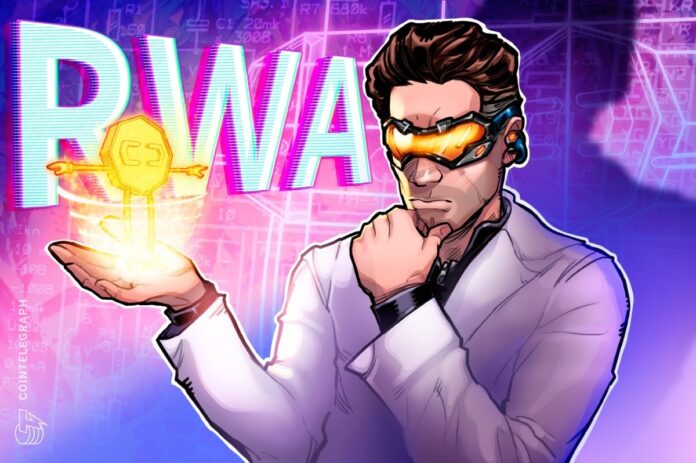Cointelegraph by Zoltan Vardai
Tokenized assets are emerging as a blockchain-based trust layer for institutional investors targeting sustainable market opportunities, signaling a potential influx of capital onto blockchain rails.
Real-world asset (RWA) tokenization refers to financial and tangible assets minted on a permanent blockchain ledger, offering benefits such as fractional ownership, wider investor access and 24/7 liquidity.
According to Corey Billington, co-founder and CEO of tokenization infrastructure firm Blubird, tokenized RWAs offer a tamper-proof trust system that is absent in traditional finance and climate finance.
“The old system is very slow, very broken, and unfortunately, that’s where most of the market looks at the moment,” said Billington, speaking during Cointelegraph’s Chain Reaction daily live X spaces show on Monday, adding:
“A [tokenized NFT] is their receipt, and that cannot be doctored. It can’t be forged. Nothing can be done about that.”
This “creates a whole other trust layer that just does not exist at the moment,” said the CEO, adding that this may attract more institutional capital onchain.
Related: RWA protocol exploits reach $14.6M in H1 2025, surpassing 2024
$32B emission reduction tokenization milestone
The comments come shortly after Blubird and wealth tokenization platform Arx Veritas tokenized $32 billion worth of Emission Reduction Assets (ERAs), preventing nearly 400 million tons of CO₂ emissions, Cointelegraph reported last Thursday.
The $32 billion marks the largest tokenization event aligned with the Environmental, Social, and Governance (ESG) framework.
#CHAINREACTION https://t.co/tNB8P4DTaI
— Zoltan Vardai (@ZVardai) September 1, 2025
Related: Mantle 2.0 to accelerate DeFi-CeFi convergence: Delphi Digital
Tokenization to bring trillions in institutional climate investments onchain
The issuance of tokenized ERAs may bring trillions in institutional capital to the blockchain.
“It really creates a lot of new access points for climate finance,” which is currently limited by the inefficiencies of existing systems, Billington said.
One major bottleneck is the slow verification process for carbon assets, which can take up to 18 months through nonprofit standard-setter Verra, developer of the widely used Verified Carbon Standard (VCS).
Still, tokenized RWAs are already enabling billions of dollars to flow into ESG-aligned initiatives.
Blubird has more than $18 billion in tokenization deals lined up through 2026, representing another 230 million tons of potential CO₂ emissions avoided, according to Billington.
“We’re looking at roughly 230 million tons of CO₂ prevented emissions equivalent to that additional $18 billion pipeline,” said Billington.
If pipelines like Blubird’s materialize, tokenization could become the backbone of institutional ESG investment strategies by 2030.
Magazine: TradFi is building Ethereum L2s to tokenize trillions in RWAs — Inside story
